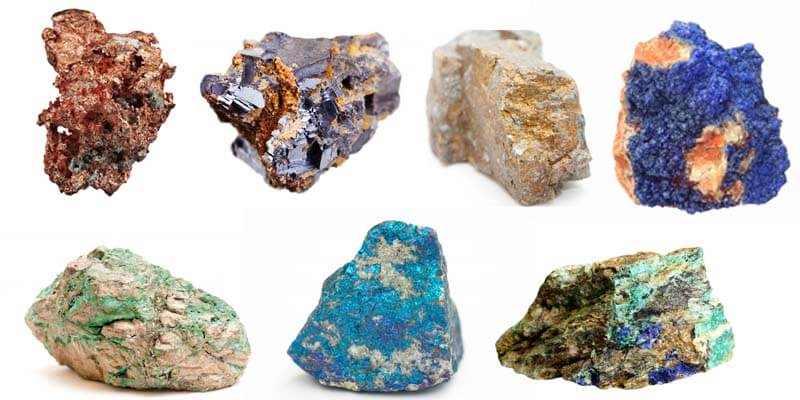Since ancient civilizations, we have been mining ores and/or minerals because they contain a wide of elements that we use in our everyday lives.
From ceramics, plaster, chemical filters, salts, construction materials, appliances, cars, computers, fertilizers, and jewelry to electronic components, almost everything that we use is derived from ores and/or minerals.
So, without ores/mineral resources, many industries would not exist and our general living standards would terribly drop.
To keep you up to date, this post will highlight a few examples of ores. Before then, let’s learn a few basics…
What are Ores?
Ores are naturally occurring deposits of geological materials (or rocks) that occur in sufficient quantity and contain enough elements to permit their recovery and extraction for economic gain.
Elements here refer to metals (iron, aluminum, silver, copper, nickel, etc) and non-metals (diamond, silicon, etc).
Ores can also be defined as simply minerals or aggregates of minerals from which valuable elements can be profitably mined.
There are several ores and they vary widely depending on the chemical composition of the parent geological material and their natural formation process.
If you’ve been following, you’ve probably noticed that we are mentioning rocks and minerals when talking about ores. What’s the difference? Find out below…
Differences between Ores and Minerals
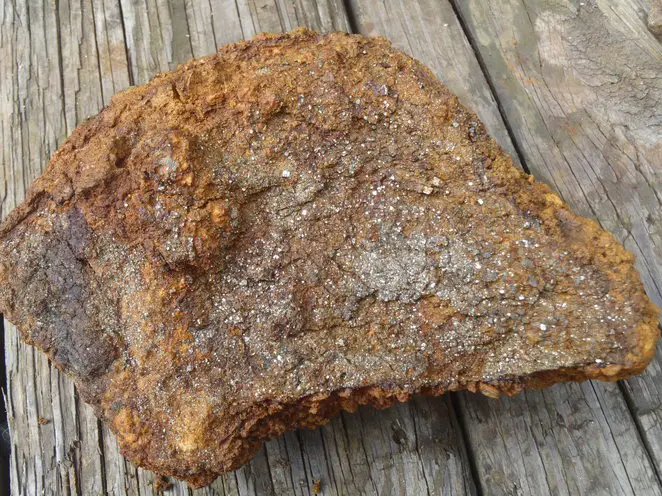
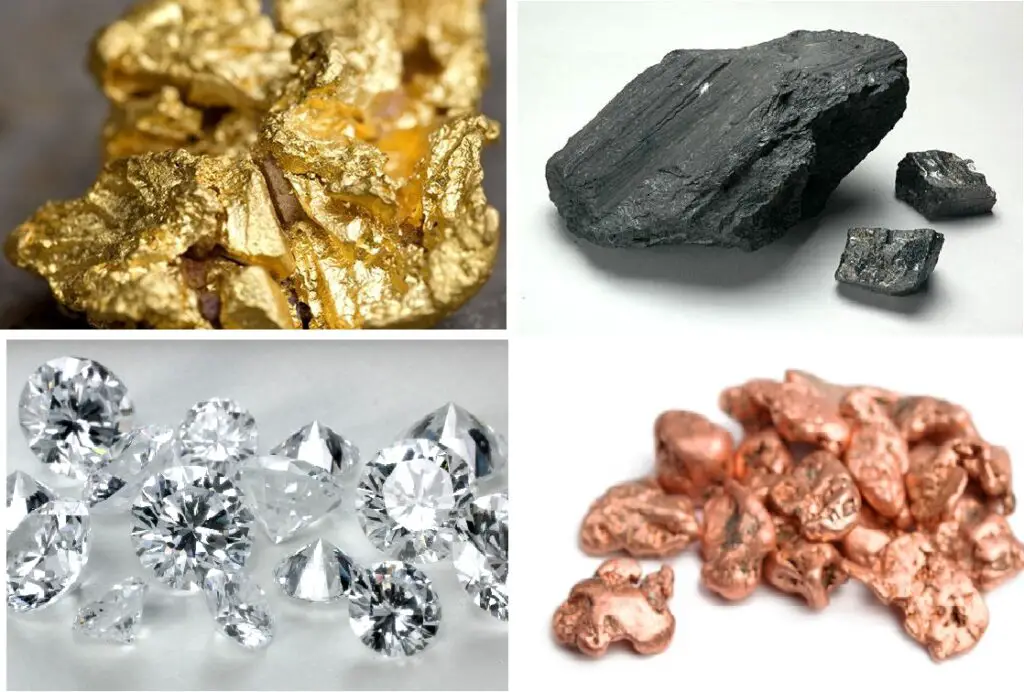
Minerals are naturally occurring inorganic solids with definite chemical composition and ordered molecular structures as well as specific textures and colors.
Minerals may be composed of metallic elements as well as nonmetallic elements.
On the other hand, ores concentrations or deposits of these minerals that is high enough to be profitably mined or extracted.
From the above brief description, it is easy to see that all ores are minerals but not all minerals are ores.
Now, a rock is a solid geological material that’s made up of two or more minerals. So, rocks are made of minerals.
From our definition of minerals, it is apparent that minerals are composed of the same element or substance throughout. This means that you don’t need rocks to make minerals.
Examples of Ores
The existing types of ores are exhaustive if we are to list them down. However, some of the key ones that you may need to know include the following:
1. Bauxite Ore
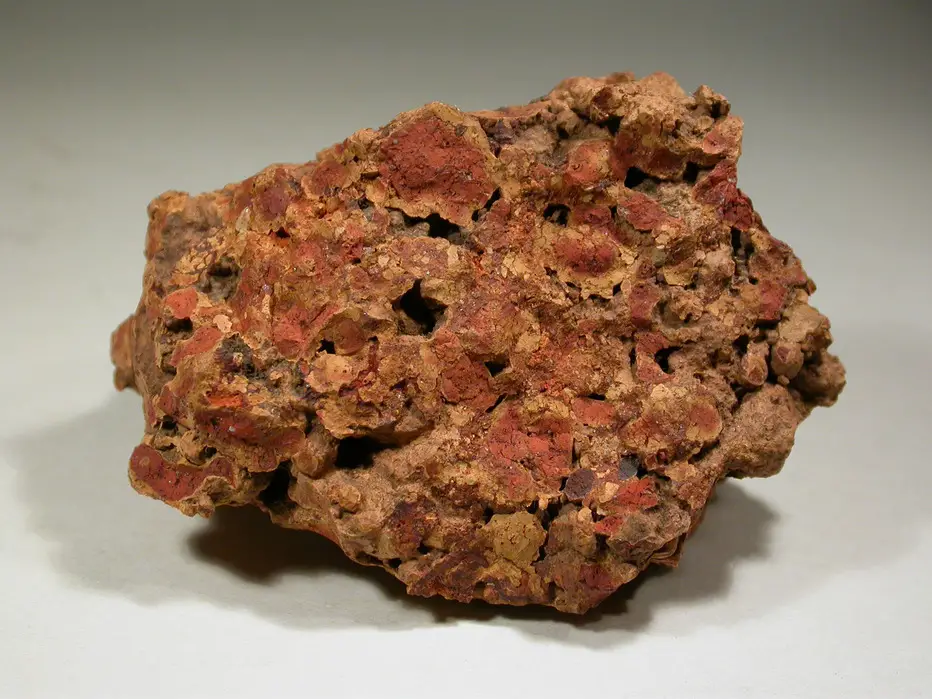
This is the major ore of aluminum and it is made up of impure aluminum hydroxide and other impurities such as iron and silica.
Bauxite forms from the weathering process in rocks that have aluminum silicate.
These rocks are often lodged in laterite clay which is common in the subtropical and tropical regions of the world.
So, aluminum is derived from bauxite ores. Its hardness ranges between 1 and 3 on the Mohs Scale and its color also ranges from white to reddish brown.
2. Graphite Ore
Graphite ore is a crystalline carbon that occurs naturally within igneous and metamorphic rocks.
The ore has a very low specific gravity and cleaves with very light pressure.
However, it is highly resistant to heat and becomes inert when it gets into contact with other material.
It has a metallic luster, which is in some cases sub metallic and it measures between 1 and 2 in terms of Mohs hardness.
Its crystal system is hexagonal and its colors range between steel gray and black.
3. Chromite Ore
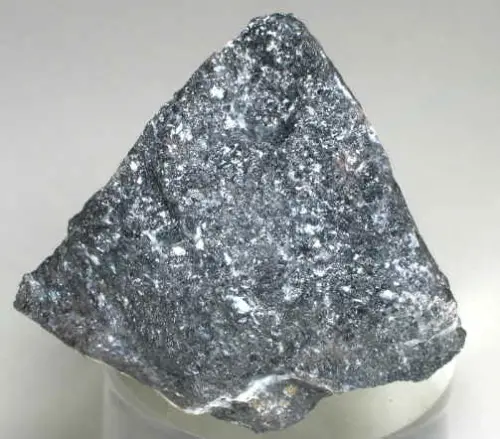
This is the only mineral ore from which chromium metal is generated.
Chromite is made up of Oxygen, Iron, and Chromium (FeCr2O4).
The Chromite ore forms within ultrabasic and basic igneous rocks and also within sedimentary and metamorphic rocks that result from the weathering of the chromite-bearing rocks.
The color of the ore ranges from dark gray to black, and with a metallic luster.
In some cases, Chromite is highly magnetic and is mistaken for magnetite ore.
4. Manganite Ore
Manganite ore is composed of manganese oxide (MnO(OH)) that results in fibrous masses or rather black crystal bundles that are dark gray in color.
The ore can be granular or massive and is often easily confused with other manganese oxides like pyrolisite.
The ore forms within the low temperatures in the hydrothermal deposits where siderites, barites, and calcites are likely to be found.
The hardness of the ore is about 4 Mohs, and its crystal system is monoclinic.
Its luster range from sub-metallic to resinous to dull and has a reddish brown to black streak.
5. Arsenopyrite Ore
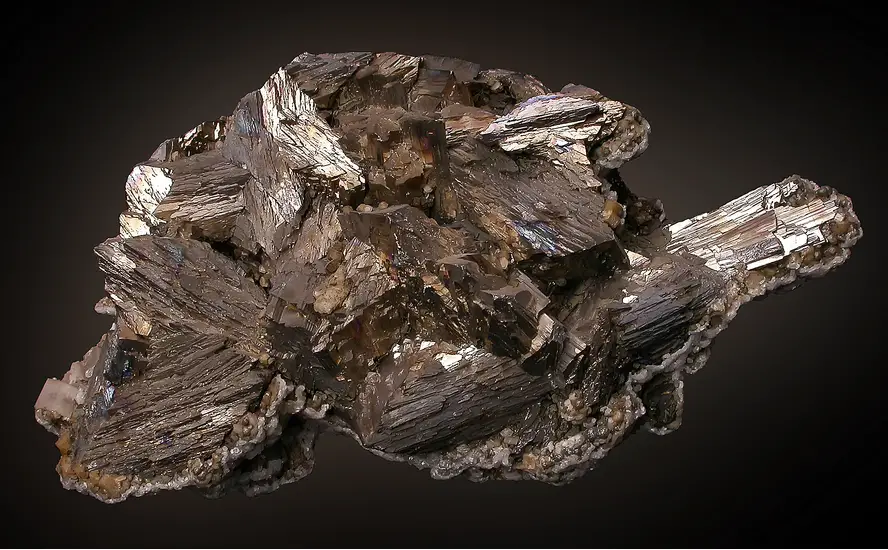
Arsenopyrite ore is considered as having a sufficient amount of arsenic and it, therefore, generates the arsenic metal.
It is composed of iron arsenic sulfide and is formed within the organic-rich metamorphic rocks, igneous rocks, and sedimentary rocks.
Its color ranges from silvery white to steel gray. In some cases, it oxidizes to iridescent colors such as copper, pink and brown.
The ore has a metallic luster and a Mohs hardness of between 5.5 and 6.
It is an uncommon mineral ore and highly toxic as well.
6. Bornite Ore
It is also referred to as the peacock ore because of its iridescent shades that include yellow, red, purple, blue, and green colors.
The ore is composed of copper iron sulfide (Cu5FeS4) and forms within sedimentary, metamorphic, and ingenious rocks.
Some of the minerals derived from bornite include pyrite, marcasite, and chalcopyrite.
Its luster ranges from submetallic to metallic and its Mohs hardness is 3.
7. Cerussite Ore
Cerussite ore forms when carbonated water chemical reacts with mineral galena.
It is a secondary mineral of lead and is therefore referred to as lead carbonate (PbCO3).
It is composed of about 78% of lead in its purest form and has a crystal system that may be white, blue, green, grey, or transparent.
The ore occurs individually and is also associated with metals such as copper and zinc.
Its hardness ranges from 3 to 3.5 Mohs and has a distinct cleavage that makes it quite difficult to break.
8. Sphalerite Ore
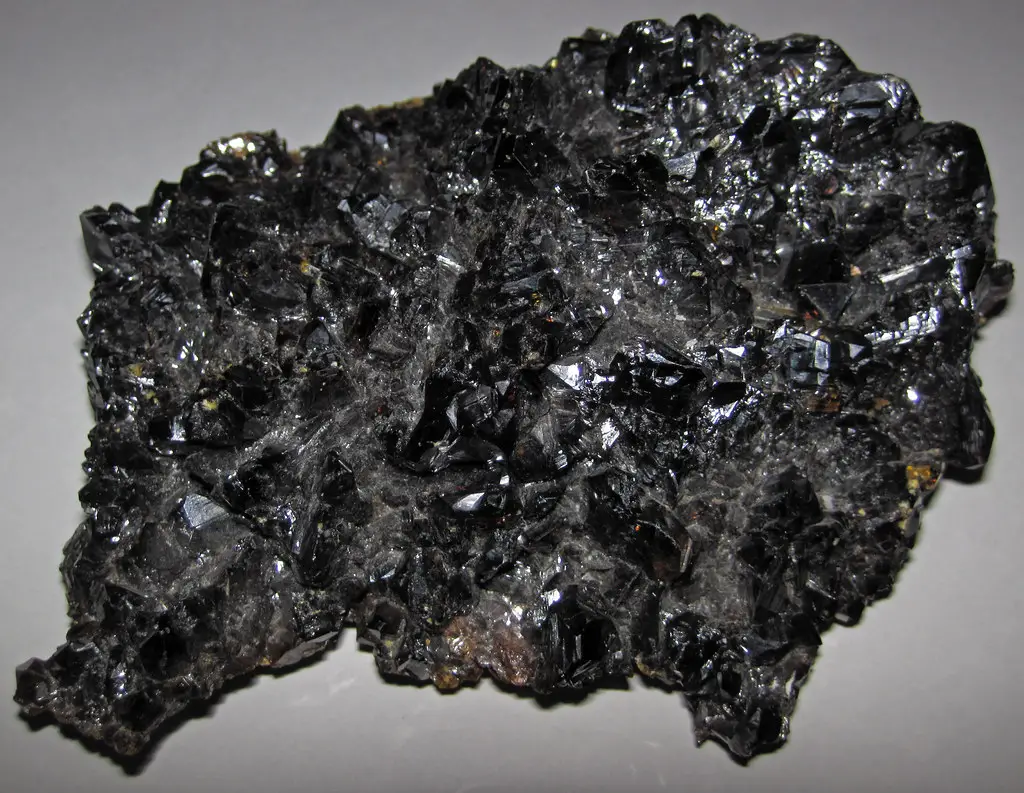
Sphalerite ore is also referred to as zinc blend and it is the key ore for mineral zinc (Zn, Fe) S.
It forms within sedimentary, igneous, and metamorphic rocks, and its luster range from submetallic to non-metallic. It can also be adamantine or resinous.
It comes in various colors including brown, yellow, white, green, red, and colorless.
Its hardness ranges between 3.5 and 4 Mohs, and it also has an isometric crystal system.
While it is the primary ore of zinc, it also yields other minerals such as gallium and cadmium.
9. Tetrahedrite ore
The tetrahedrite ore is made up of iron zinc copper and silver (Cu, Fe, Zn, Ag) 12Sb4S13).
It is often mined as the key ore of copper and in some cases silver.
The ore has a metallic luster and an isometric crystal system and is thus named after its tetrahedron shape.
Its hardness range between 3.5 and 4 Mohs and its color also ranges from steel to iron gray.
10. Wolframite Ore
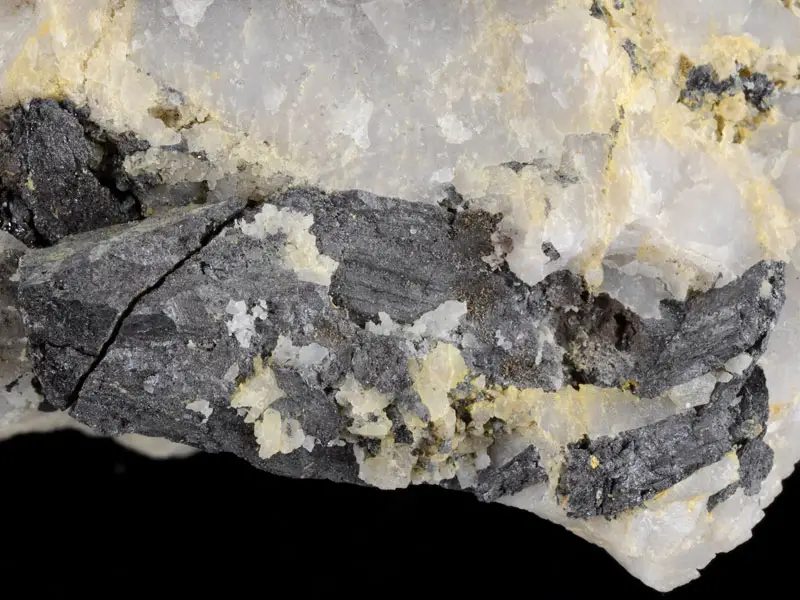
Wolframite is made up of various levels of manganese (MnWO4) and tung-states of iron (FeWO4).
The ore is formed at very high temperatures within the hydrothermal veins that include granitic pegmatite, greisen, and the alluvial and alluvial deposits.
The Mohs hardness of the Wolframite ore ranges between 5 to 5.5 and its color ranges from dark brown to black
Its luster ranges from sub-metallic to metallic.
Conclusion
This list of ores is not exhaustive and more acreage of space would need to cover them all.
However, these are some of the common ores from which most metals that are used to make many products are derived.
It is interesting how the ores have their distinct chemical compositions, densities, and structures that are necessary when trying to differentiate one from the other.
The colorfulness of each ore is another critical feature used to distinguish them from each other.

